Wie man einen Naturteich ohne Teichfolie anlegt
Die meisten Menschen stellen sich unter einem Gartenteich Kunststofffolien oder vorgefertigte Becken vor. Diese sind zwar zuverlässig, wirken aber nicht immer natürlich. Wer schon einmal einen kleinen Teich auf einem Bauernhof oder eine Mulde im Wald gesehen hat, die ganzjährig Wasser führt, weiß, dass die Natur keine Gummifolien verwendet. Mit dem richtigen Boden und etwas Liebe zum Detail lässt sich ein Teich ohne Folie anlegen, der sich harmonisch in den Garten einfügt.
Das ist zwar nicht der schnellste Weg – man muss graben, stochern und warten –, aber die Belohnung ist ein authentischer Naturteich, der sich harmonisch in die Landschaft einfügt. Wenn Sie ein erfüllendes DIY-Teichprojekt suchen, könnte ein Teich ohne Folie genau das Richtige für Sie sein.
Natürliche Teiche im Kontext
Ein natürlicher Teich funktioniert genau wie die Teiche in der Natur. Regen- oder Grundwasser fließt in eine Mulde im Boden, und wenn dieser genügend Lehm enthält, bleibt das Wasser dort stehen. Mit der Zeit wachsen Pflanzen, und Tiere siedeln sich an. Im eigenen Garten ist es genauso: Man gräbt eine Mulde, füllt sie mit Erde und Lehm auf und lässt Wasser und Leben einziehen.
Warum sollte die Auskleidung entfernt werden?
Das Weglassen der Auskleidung hat eindeutige Vorteile:
- Der Teich wirkt natürlich. Seine Ränder fallen sanft in den Boden ab, anstatt aus Kunststoff zu bestehen.
- Es ist tierfreundlicher. Frösche, Insekten und Vögel passen sich einer naturnahen Umgebung leicht an.
- Sie werden nicht so viel Geld ausgeben, da Auskleidungen und Unterlagen bei einem großen Projekt teuer sein können.
- Sie müssen sich in Zukunft keine Sorgen mehr um Einstiche oder UV-Schäden machen.
- Ein biologisches Gleichgewicht zwischen Pflanzen und Mikroben bedeutet in der Regel weniger Chemikalien und selteneres Reinigen.
Für den umweltbewussten Gärtner liegt der Reiz auf der Hand: ein Teich, der sich ins Gesamtbild einfügt, nicht einfach nur angebaut ist.
Einen Teich ohne Teichfolie bauen
So machen es die meisten von uns:
- Wählen Sie Ihren Standort. Suchen Sie einen Bereich mit ausreichend Sonnenlicht und Schatten. Zu viel Sonne fördert das Algenwachstum, zu viel Schatten hemmt das Pflanzenwachstum.
- Abstecken und ausheben. Die Form mit einer Schnur abstecken und dann in unterschiedlichen Tiefen ausheben – eine flache Zone für die Vegetation, eine tiefere Zone, um das Wasser kühl zu halten.
- Prüfen Sie den Boden. Graben Sie ein kleines Loch, füllen Sie es mit Wasser und warten Sie einen Tag. Wenn das Wasser schnell abläuft, benötigt der Boden mehr Lehm. Hält es das Wasser, sind Sie auf dem richtigen Weg.

- Fügen Sie bei Bedarf Lehm hinzu. Verteilen Sie eine Schicht lehmreichen Bodens am Boden und verdichten Sie diese fest. Dieser Schritt ist entscheidend.
- Füllen Sie die Behälter nach und nach. Geben Sie das Wasser portionsweise hinzu. Der Ton dichtet sich nach dem Aufquellen selbst ab – ein anfängliches leichtes Durchsickern ist normal.
- Sorgen Sie für Wasserzirkulation. Stehendes Wasser bietet einen idealen Brutplatz für Mücken. Mit einer Poposoap-Solarbrunnenpumpe oder einem Filterset wird der Teich mit Sauerstoff angereichert und Mücken ferngehalten.
Es kann einige Wochen dauern, bis sich der Teich beruhigt hat, daher ist Geduld gefragt.
Boden und Ton sind entscheidend
Nicht überall ist der Boden fruchtbar. Um Wasser zu speichern, benötigt man mindestens 20–30 % Lehmanteil. Sandiger Boden sickert zu schnell durch, und steiniger Boden ist undurchlässig. Enthält Ihr Boden nicht genügend Lehm, können Sie diesen hinzufügen und schichtweise verdichten. Viele Heimwerker stampfen ihn einfach mit den Stiefeln fest und geben dabei Wasser hinzu, damit er sich setzt. Größere Teiche benötigen eventuell robustere Walzen, die meisten Gartenteiche lassen sich jedoch durch manuelle Arbeit in der Nähe des Teichs verschließen.
Hinzufügen von Pflanzen und Wildtieren

Pflanzen erwecken einen Teich zum Leben. Ohne sie hat man nur Wasser in einem Loch. Mit Pflanzen entsteht ein funktionierendes Ökosystem.
- Randpflanzen wie Schwertlilien und Binsen halten die Ränder zusammen.
- Schwimmende Pflanzen wie Seerosen beschatten die Wasseroberfläche und kühlen das Wasser.
- Die sauerstoffreiche Vegetation am Gewässergrund sorgt für klares Wasser.
Sobald die Pflanzen angewachsen sind, lassen die Tiere nicht lange auf sich warten. Wasservögel kommen zum Trinken, Insekten huschen über die Oberfläche, Frösche laichen dort. Wenn Sie Fische halten, wählen Sie die passenden aus – Goldfische und Kois trüben das Wasser und wirbeln den Bodensatz in kleinen Teichen auf. Mit Fischen sorgen Wasserzirkulation und Filterung (die beispielsweise von Poposoap-Pumpen übernommen werden können) für ausreichend Sauerstoff und klares Wasser.
Gesund bleiben
Ein Teich ohne Teichfolie bedeutet nicht, dass er „wartungsfrei“ ist. Sie müssen trotzdem:
- Füllen Sie die Wassertanks während Trockenperioden auf, idealerweise mit gesammeltem Regenwasser. Poposoap bietet Regenwasser-Integrationssets an, um dies zu vereinfachen.
- Sammeln Sie das Herbstlaub ab, bevor es herunterfällt und verrottet.
- Die Ufer sollten nach Regenfällen überprüft werden; bei Erosion sollte Lehm zum Wiederaufbau verwendet werden.
- Filter und Pumpen müssen instand gehalten werden, um die Zirkulation aufrechtzuerhalten.
Der einzige Unterschied besteht darin, dass man nicht mit einem künstlichen, sondern mit einem lebenden System arbeitet. Die Natur wird das Gleichgewicht weitgehend selbst erhalten, wenn man ihr die richtigen Impulse gibt.
Schlussbetrachtung
Ein Teich ohne Folie erfordert zwar mehr Arbeit und Planung als ein vorgefertigtes Becken, aber er bietet eine ganz besondere Befriedigung. Er ist Teil des Gartens, beherbergt Tiere und Pflanzen und scheint für immer da zu sein. Für alle, die sich ein größeres Teichprojekt in Eigenregie wünschen, ist es eine der schönsten Möglichkeiten, etwas mit Wasser zu gestalten.
Mit guter Erde, sorgfältiger Planung und der Unterstützung von Produkten wie den Solarpumpen, Filtern und Regenwassersets von Poposoap kann ein Naturteich nicht nur schön, sondern auch nützlich sein. Er dient nicht nur der Dekoration, sondern ist ein lebendiges Ökosystem, Teil des natürlichen Kreislaufs Ihres Gartens und ein Beweis dafür, dass die besten Ergebnisse oft dann erzielt werden, wenn wir der Natur ihren Lauf lassen.




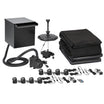
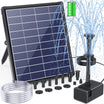
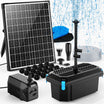
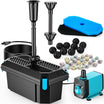
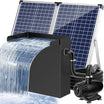
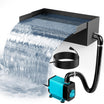

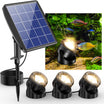
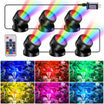

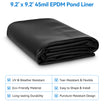
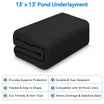

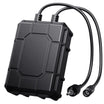
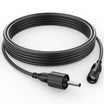

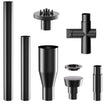
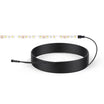
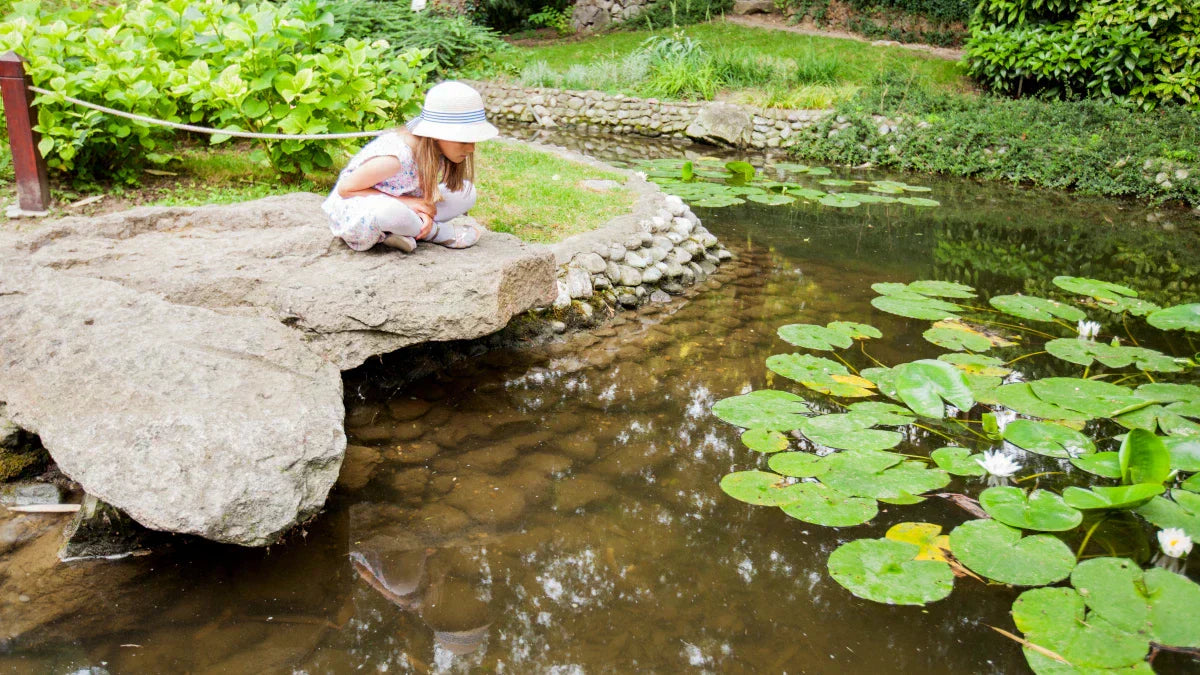
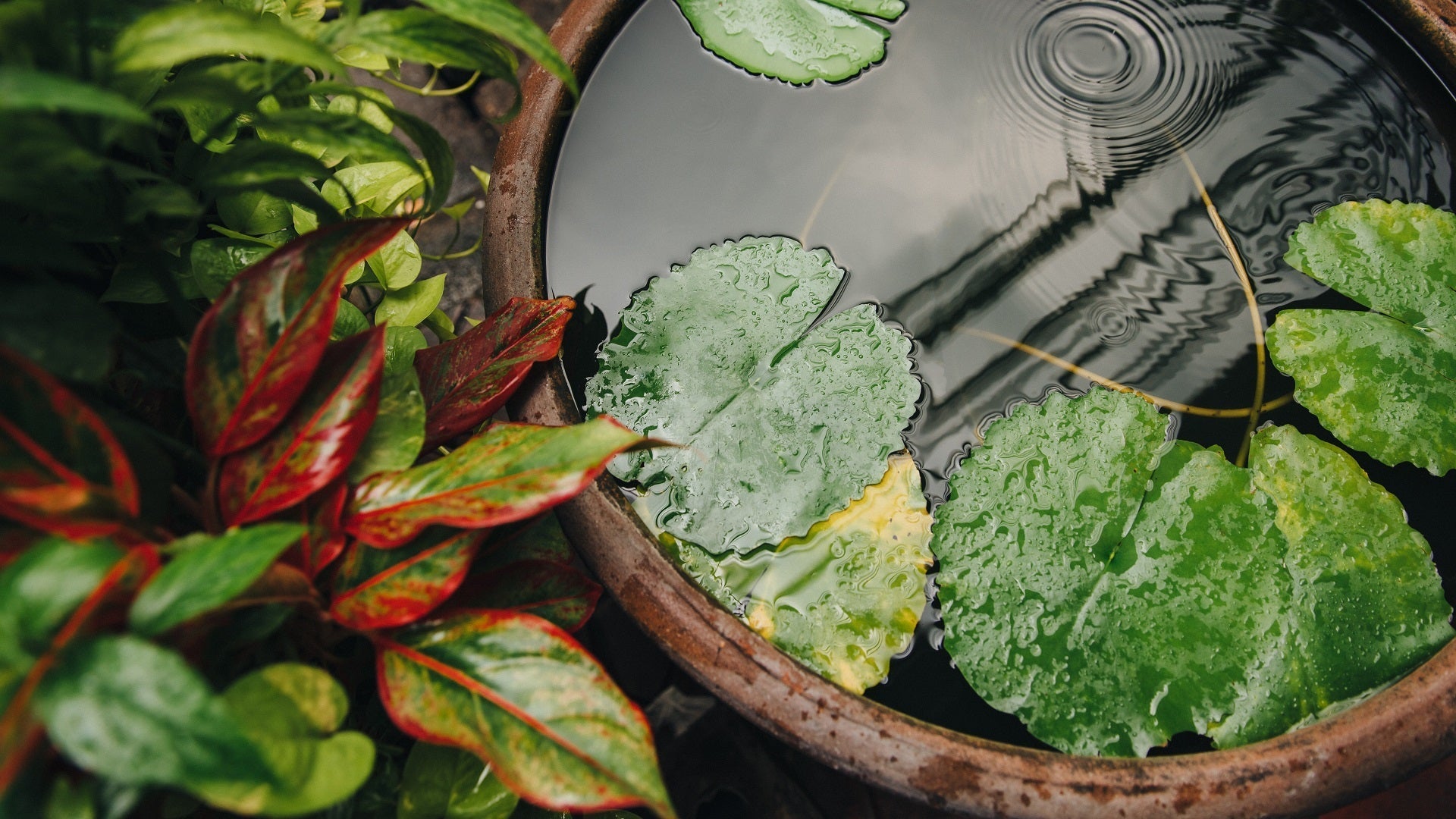
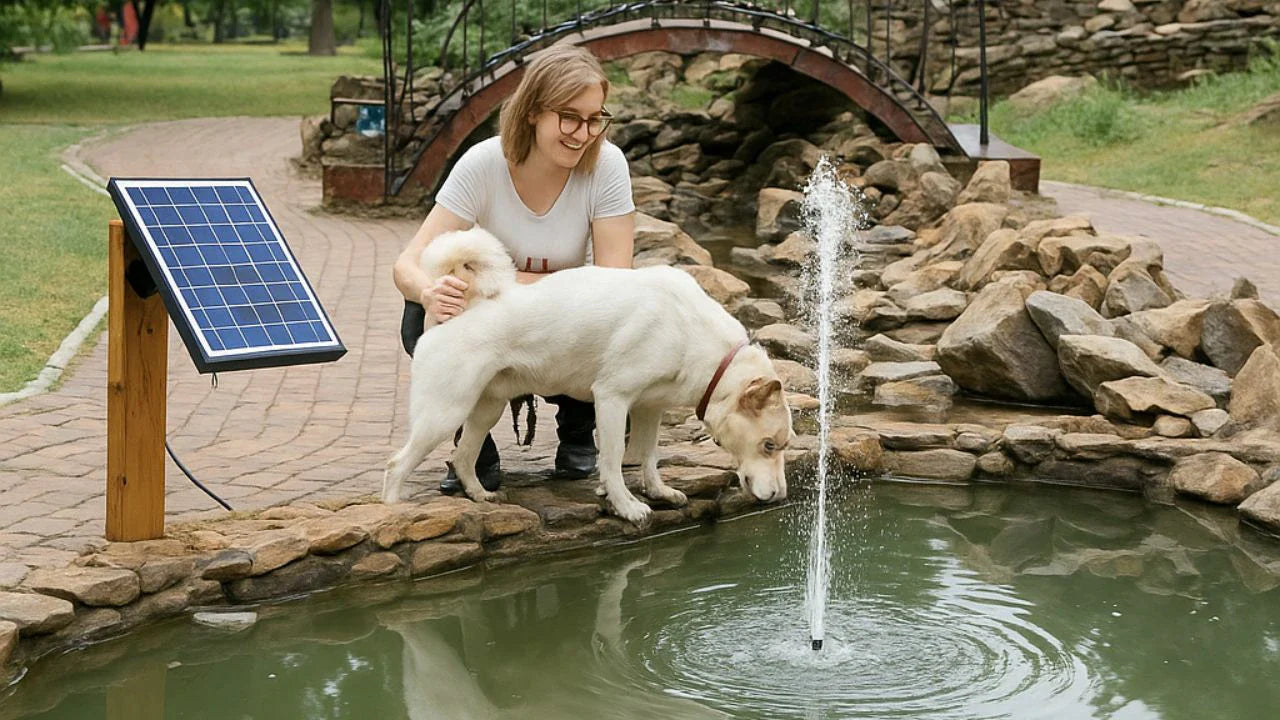
Hinterlasse einen Kommentar
Alle Kommentare werden vor der Veröffentlichung geprüft.
Diese Website ist durch hCaptcha geschützt und es gelten die allgemeinen Geschäftsbedingungen und Datenschutzbestimmungen von hCaptcha.